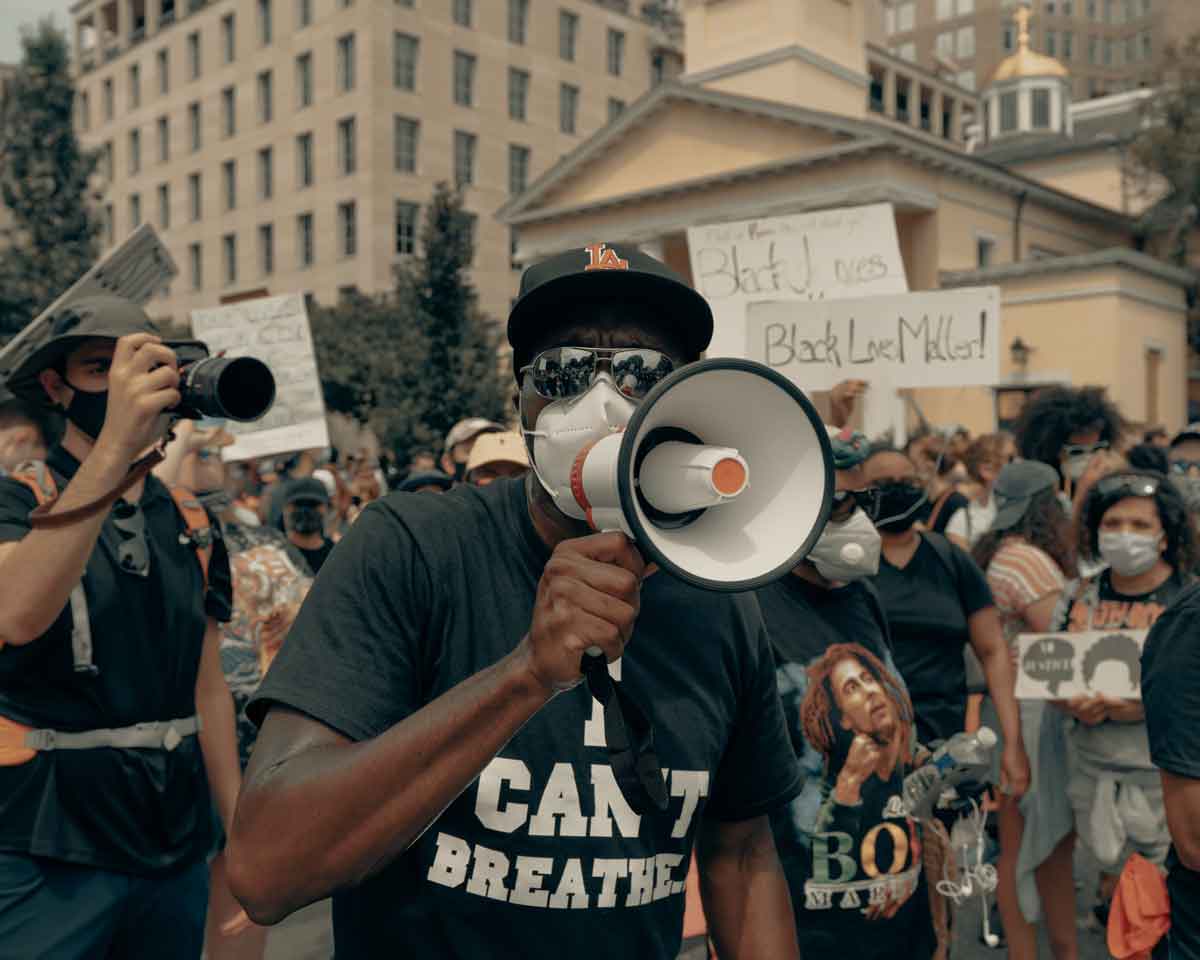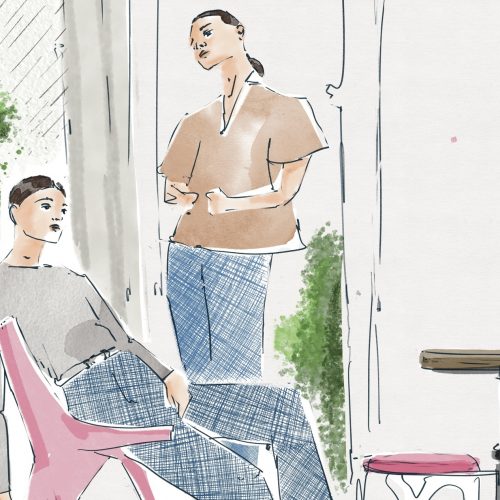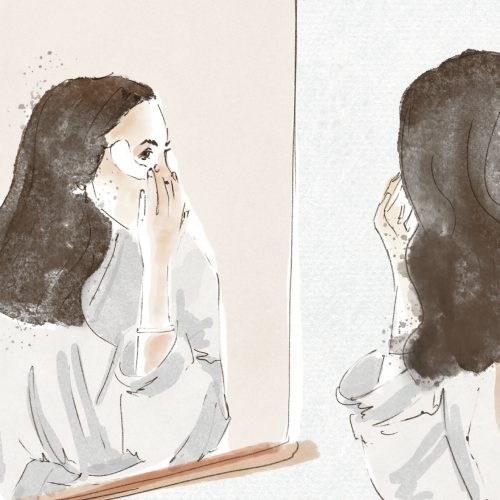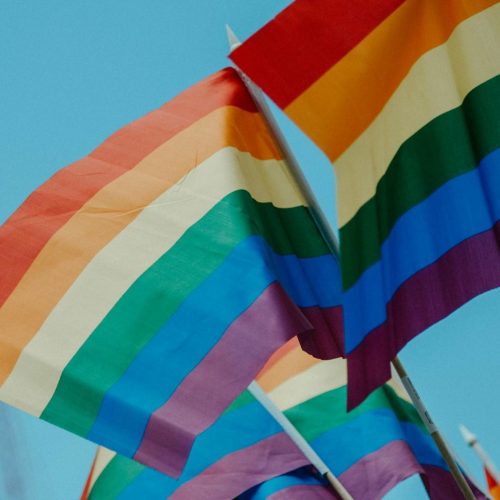Environmental Intersectionality: The Axis of Social & Climate Movements
Environmental Intersectionality is where human and climate movements come together, acknowledging that human and environmental justice cannot exclude the other. In the context of social discontent and climate anxiety, this term is becoming quite popular, advocating the inclusion of marginalised communities in the conversation of climate change.
When we speak of Intersectionality the first thing that comes to our mind is feminist studies. The feminist movement advocated for the rights of women based on sex, excluding other factors defining their role and identity individually. Human rights, LGBT, and Black movements have evidenced that a person’s identity scatters / pours down into several factors such as race, social status, culture, sexual orientation, religion, among others.
Intersectionality was termed as a theoretical framework that explains how different aspects of someone’s identity overlap, widening or narrowing their spectrum of opportunities. Take the instance of Sex & The City, the American tv-show exploring the unbounded, glorious, sexual life of a group of friends. Their experience as women has been determined too by wealth, education, and whiteness. So Intersectionality acknowledges that all different threads are interconnected as in a weave.
INTERSECTIONAL ENVIRONMENTALISM
The turmoil sprout by the police brutality against Black Americans have brought together Black and climate activists in an effort to protect human rights and environmental conservation. The unification of these two derives from a simple premise—you cannot separate people from the environment and vice versa. When we speak about climate change, we need to acknowledge that we don’t talk only about the environment but the consequences it has on the people inhabiting it.
Such consequences affect mainly marginalised people; their access to safe drinking water, clean air and other natural resources that safeguard humans’ wellbeing is very limited. If environmental deterioration continues to rise, so will the impoverishment of marginalised people. These are two inseparable threads for they are part of the same weave.
“(Environmental Intersectionality) identifies the ways in which injustices happening to marginalised communities and the earth are interconnected.” - Leah Thomas.
Interestingly, the intersection of Climate, Black, and Human Rights movements, as of today, need to be seen under a new light. Activists are not anymore protesting against something that affects them directly, but they are protesting on behalf of the unheard ones. Intersectional environmentalists are flipping the coin around by using their privilege to speak out and bring to the light the disproportionate effects that the climate crisis has on the underrepresented communities—those subjected to the 1% of the global wealthy corporates.

BLACK LIVES MATTER
George Floyd’s last words epitomise accurately the current landscape where marginalised communities are asphyxiated by both the brutality of power and the high levels of air pollution. “I can’t breathe” has become a signifier of the axis between environmental and social injustice. A study led by the State of Global Air confirmed that air pollution is responsible for over 6 million deaths worldwide which occur mostly in developing countries. This study has positioned air pollution as the fifth leading cause of death.
In fact, a recent study has shown that “African American children are poisoned by lead at almost five times the rate of white children.” Another study has revealed that 66% of Latinos in the US had no idea that their living and / or work places were close to toxic sites.
In Canada, more than 100 Indigenous communities have no access to safe drinking water due to the oil exploration that has been polluting their territories for years. Pollution and lack of action have forced them to leave their lands behind. This has not only had impacts on their health, but it has also furthered the deterioration of their communities. The cases above occur in first world countries where marginalised communities are left last when it comes to solutions. However, the effects of environmental degradation is more threatening in developing countries where high toxicity and pollution levels due to mining, poor waste management, lack of indoor ventilation and overall precarious sanitary conditions characterise their work and living environments.

WHAT NEEDS TO HAPPEN
Elected-President Joe Biden and Vice-President Kamala Harris have a very ambitious climate policy agenda. During the next presidential term, it’s expected that policies protecting the environment are issued in hand with the penalisation of corporates who jeopardise the air and water quality of low-income people. In fact, Kamala Harris has the support of climate activists who trust she will pursue environmental justice with policies that sit at the forefront of affected communities.
What needs to happen next is that people, whether they are affected or not, continue to advocate for those who are affected the most, and that solutions for those ones have priority so climate and social justice can come into effect.

+ Words: Alejandra Espinosa, Luxiders Magazine Editor
Liberal Arts graduate | Berlin-based writer
Connect with her on LinkedIn or Instagram (@sincosmostura)




